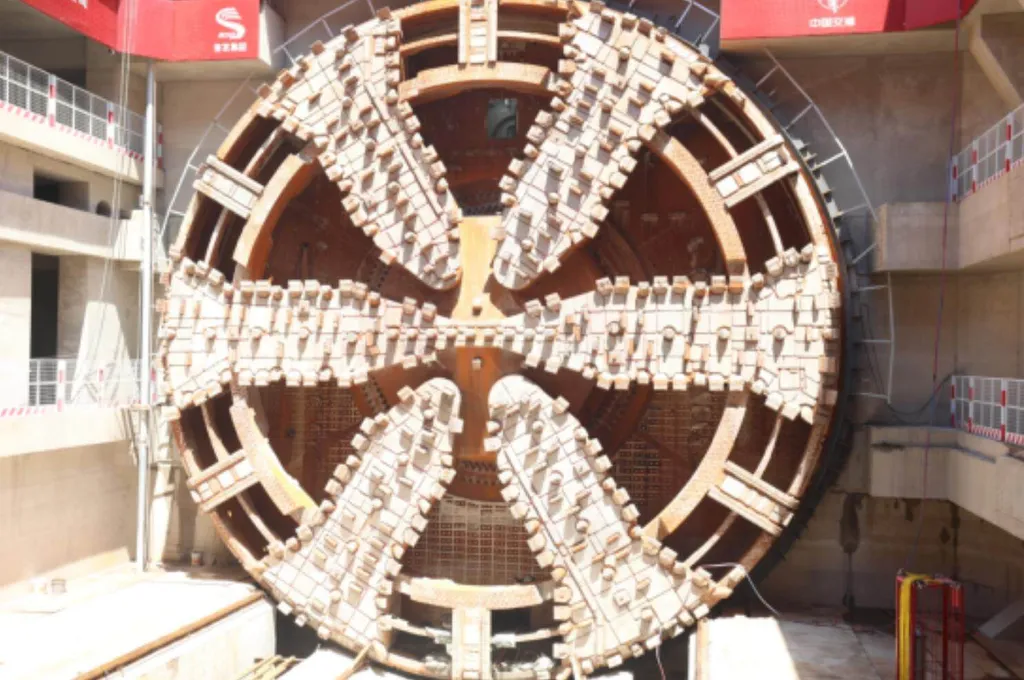In the high-stakes world of underground construction, particularly in the energy sector, understanding the behavior of rock formations is crucial for safety and efficiency. A recent study published in the journal *Underground Space* (translated from Chinese as “Underground Space”) by Zhenyu Sun of Beijing Jiaotong University’s Key Laboratory for Urban Underground Engineering sheds new light on the formation of structural rings in horizontal layered rock with high geostress, offering insights that could revolutionize tunnel design and support systems.
Tunneling in layered rock with high geostress has long been a challenge, often leading to large deformation disasters. The key to mitigating these risks lies in understanding the self-bearing capacity of the surrounding rock. Sun’s research introduces the concept of the “structural ring,” a closed structure with a certain thickness that represents the load-bearing capacity of horizontal layered surrounding rock.
“The structural ring is a critical component in understanding how rock behaves under stress,” Sun explains. “By analyzing the stress transfer mechanism, we can better predict the stability of tunnels and design more effective support systems.”
The study delves into the mechanical response characteristics of horizontal layered surrounding rock due to excavation. Using the stress element as the basic analytical model, Sun and his team adopted the maximum increase ratio of the compressive stress to characterize the structural ring. They proposed a determination method and its implementation algorithm for the structural ring boundaries, which was then validated through a series of model tests.
One of the most compelling findings is the beam-arch property of layered rock, which is significantly affected by interlayers and bedding spacing. “The support system plays a crucial role in the formation of the structural ring,” Sun notes. “It should be designed to balance the support capacity and the stability of the structural ring.”
The implications for the energy sector are substantial. As the demand for underground energy storage and transportation continues to grow, so does the need for safer and more efficient tunneling techniques. This research provides a deeper understanding of the structural ring’s formation mechanism and determination method, which can lead to more robust support designs and reduced risks of deformation disasters.
Moreover, the study’s parametric studies illustrate the effect of geological conditions and tunnel geometry on the position and shape of structural rings. This knowledge can guide engineers in tailoring their designs to specific geological settings, ultimately enhancing the safety and longevity of underground structures.
As the energy sector continues to push the boundaries of underground construction, research like Sun’s is invaluable. It not only advances our scientific understanding but also paves the way for more innovative and safer tunneling practices. With the structural ring concept now better understood, the future of underground construction looks brighter and more secure.

